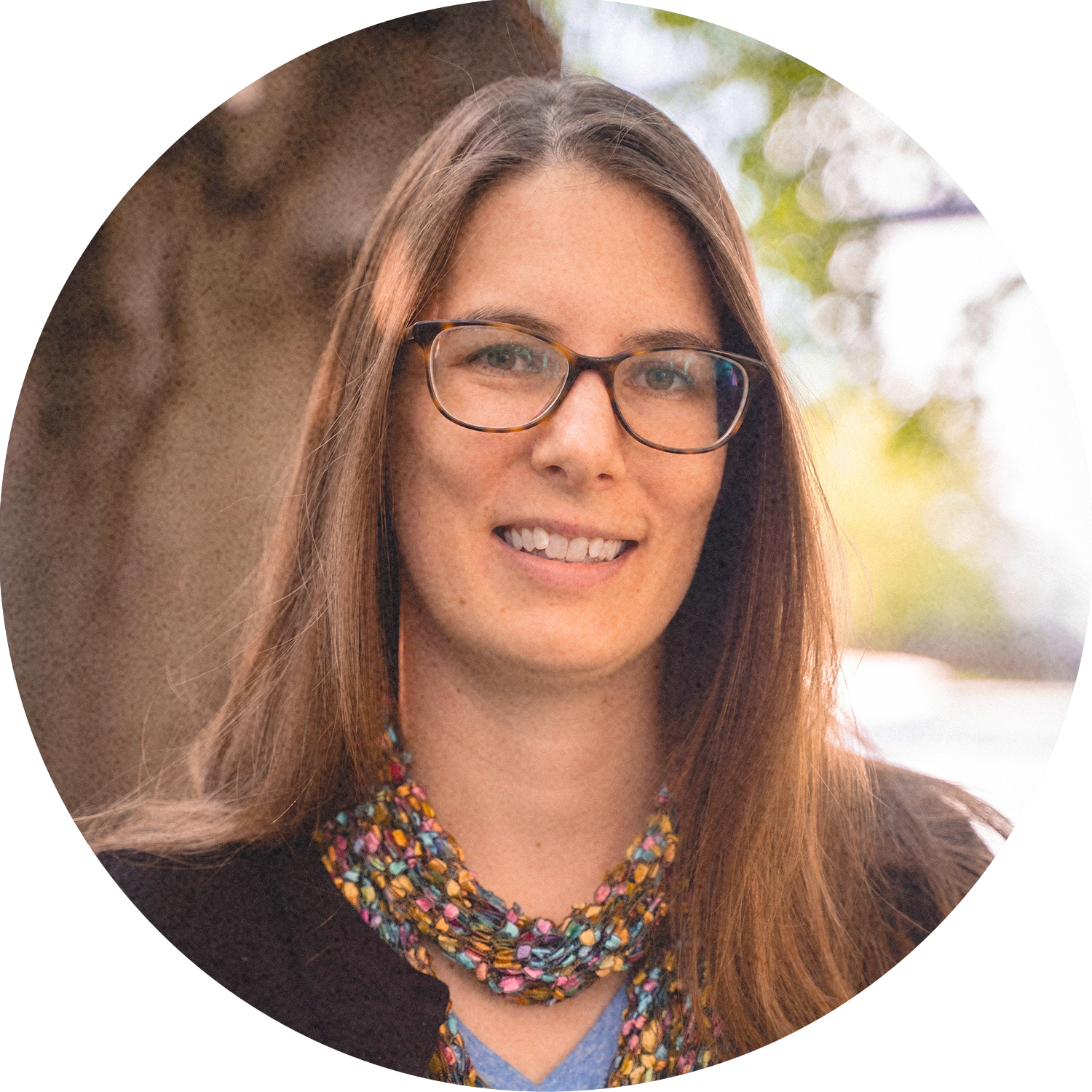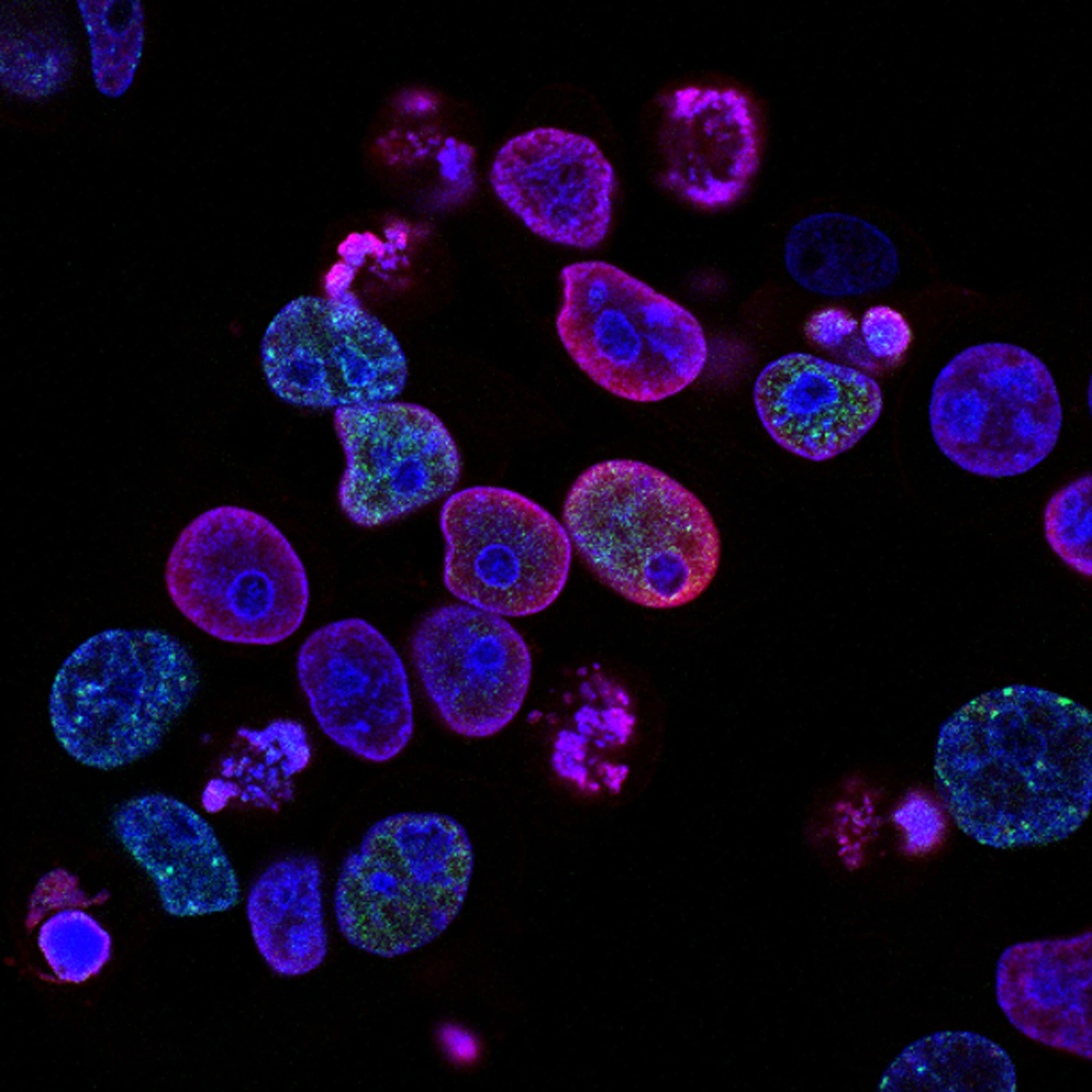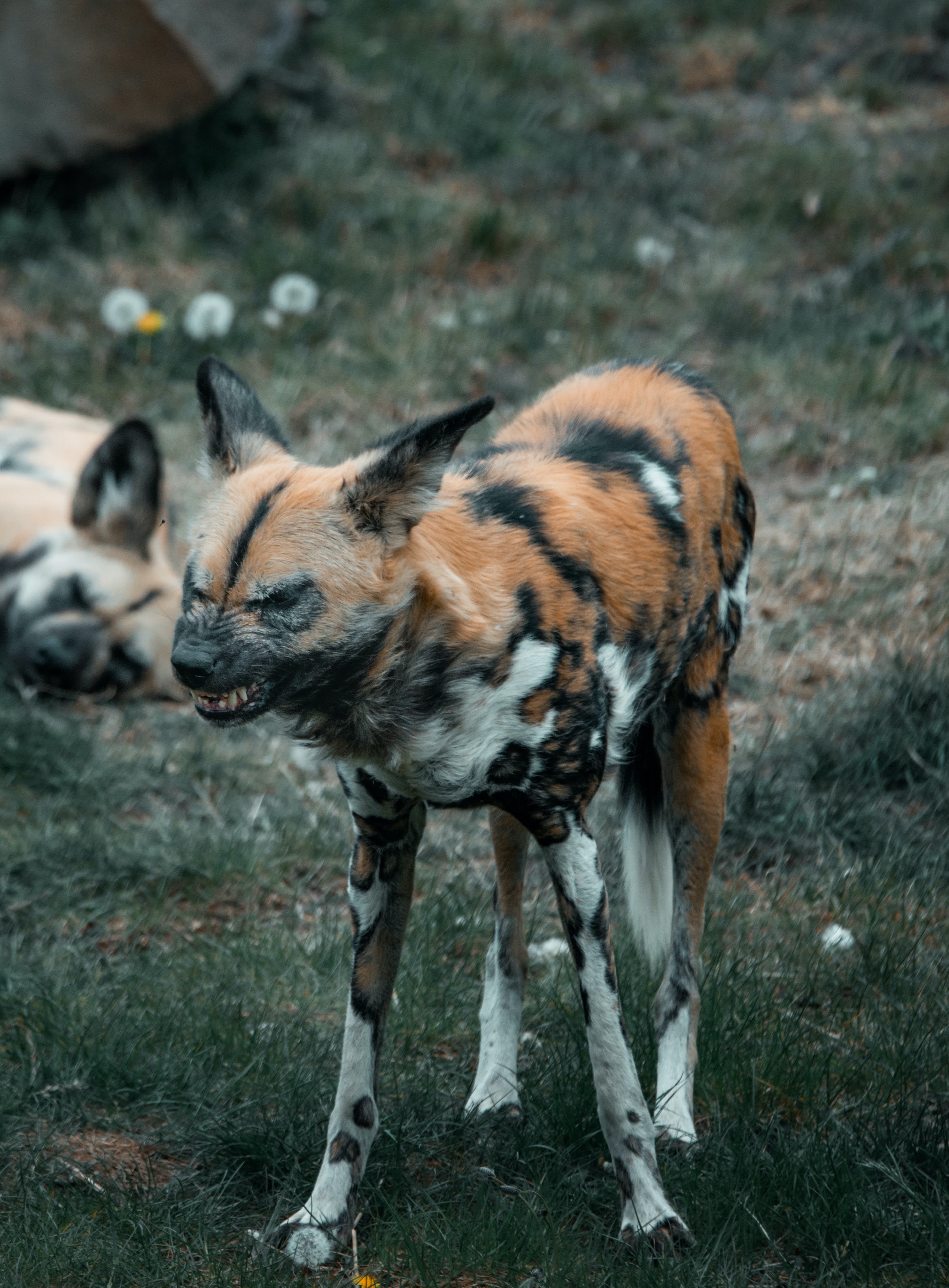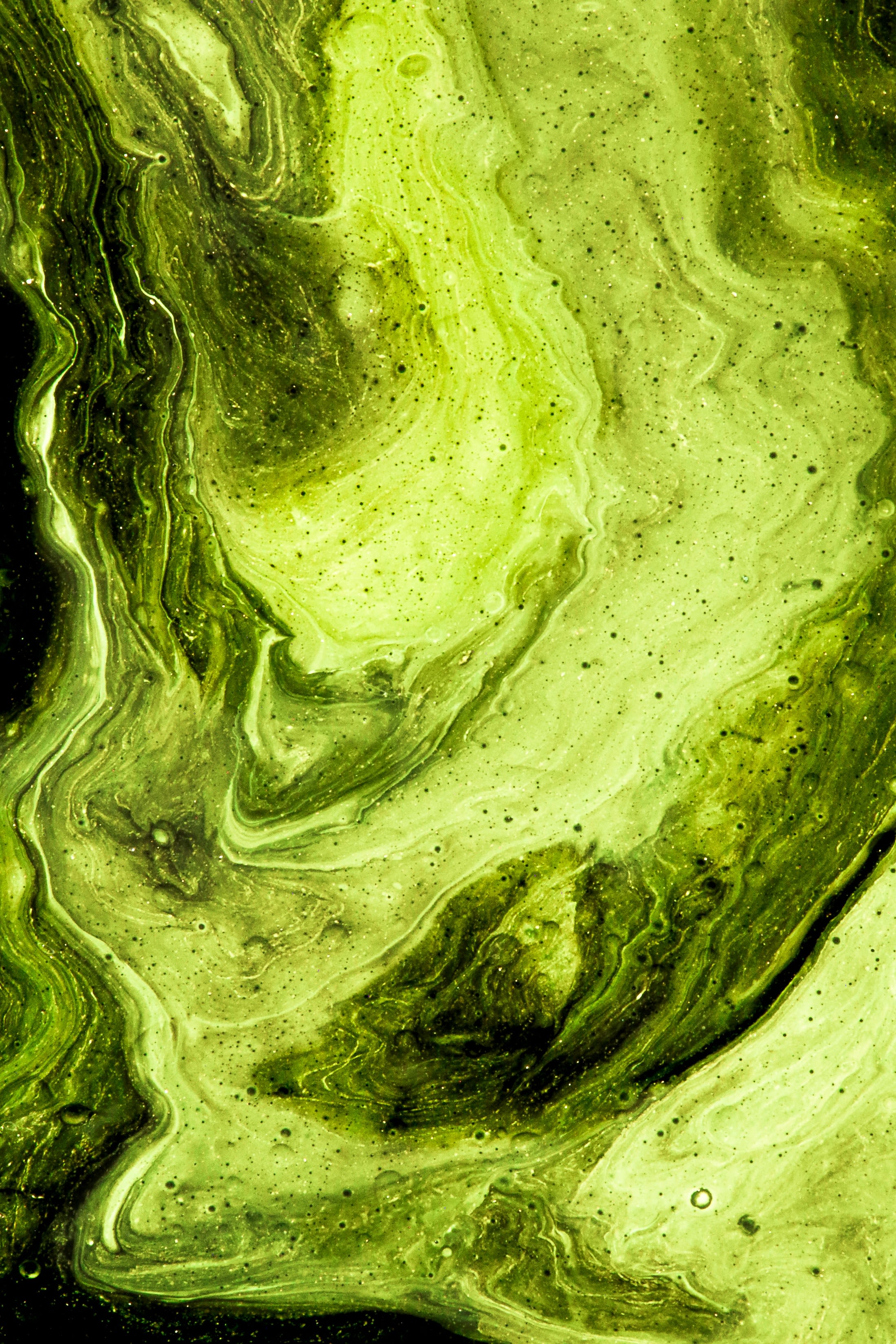How to tell slow science stories in the fast-paced media
A conversation with science journalist Saima Sidik
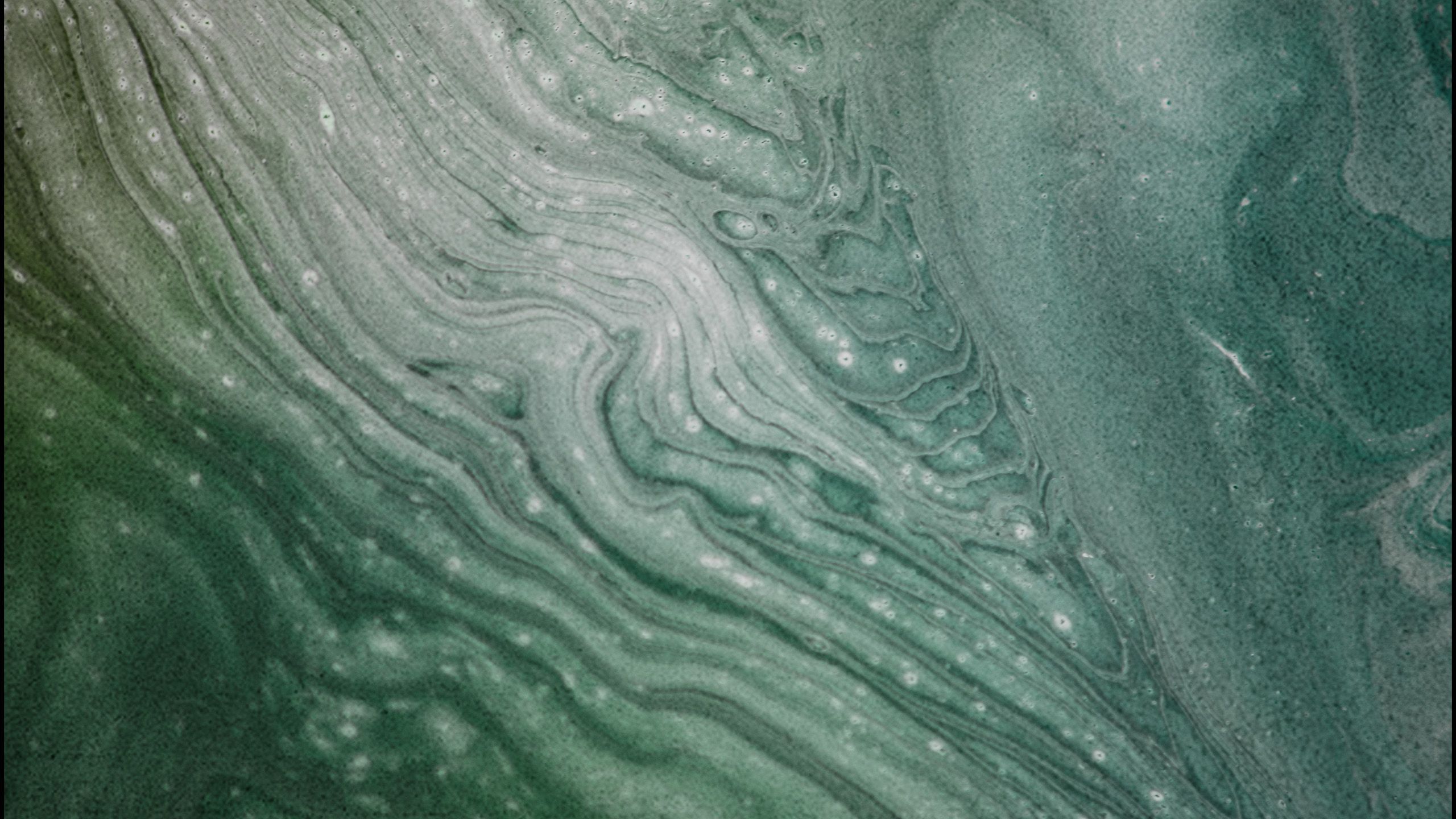
Thomasin Sleigh: How did you become a science journalist?
Saima Sidik: My mum was a journalist for a small-town newspaper, and later she did communications for a nonprofit. She made writing feel like a normal part of life.
When I was a kid, my interest was science and I ended up studying biology at college. I remember a video of a protein complex called ‘ATP synthase’ that a professor showed to us — the complex spun as part of the process of creating a cell's power source. It was amazing and it made me want to study the inner workings of cells.
I enjoyed that work, but a couple of things drew me towards writing. One was that I never quite found my place in the culture of science. And I also wanted to work in a field where I could be more creative on a daily basis. Science requires punctuated bursts of creativity, interspersed with long periods of repeating and fine tuning experiments; a lot of grunt work to get to the data. After a while, I wasn't sure that I wanted to spend the majority of my days in that realm.
I made the transition to science journalism in 2020, just as the pandemic was hitting, which was an interesting time because science suddenly became the world's biggest story.
“I made the transition to science journalism in 2020, just as the pandemic was hitting, which was an interesting time because science suddenly became the world's biggest story.”
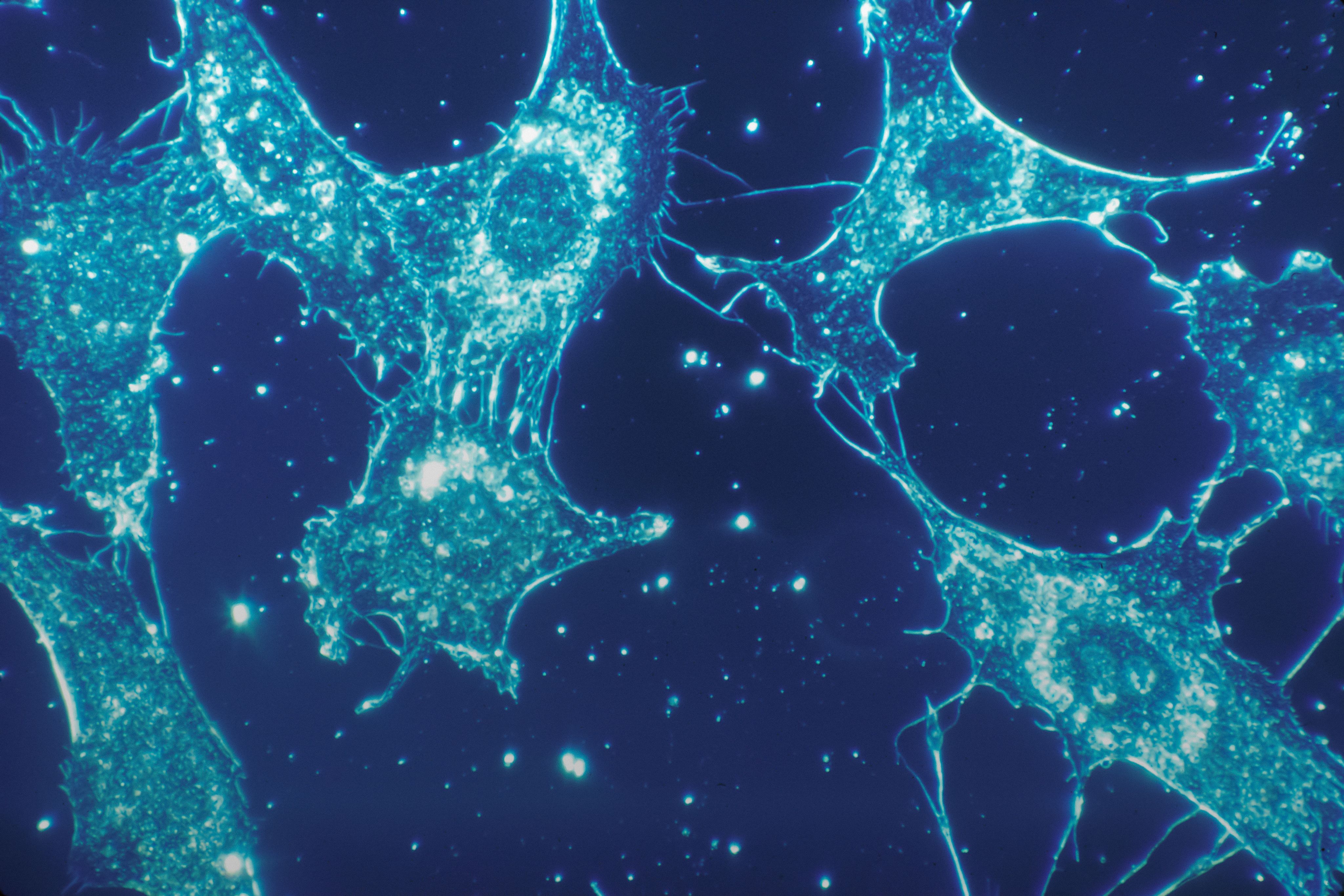
TS: In New Zealand there's a strong distinction made between the STEM subjects and the arts — that they are very different from each other. Because you sit in the middle of those two fields, do you think that distinction stands, or is it a myth?
SS: Obviously, the two can serve different purposes, but I think a lot of the underlying logic and reasoning that you need to use is similar. I've been surprised how much putting together a story can feel like science research.
The ability to see connections and bring together things from disparate parts of the world and come up with something new is similar between the two fields. Often the outputs are different, but I think the same sort of person can definitely be drawn to both, and do well in both.
TS: Has it been harder to carve out a space as a woman in the field of science journalism?
SS: I feel like it's hard to say if it's harder as a woman, because I've only done it as a woman. Maybe if I were a man, everything would feel like it was a breeze or maybe it wouldn't.
I do enjoy working with a lot of women. There's a podcast called Gastropod, which was co-founded by two women, Cynthia Graber and Nicola Twilley. They're both among the women who I admire.
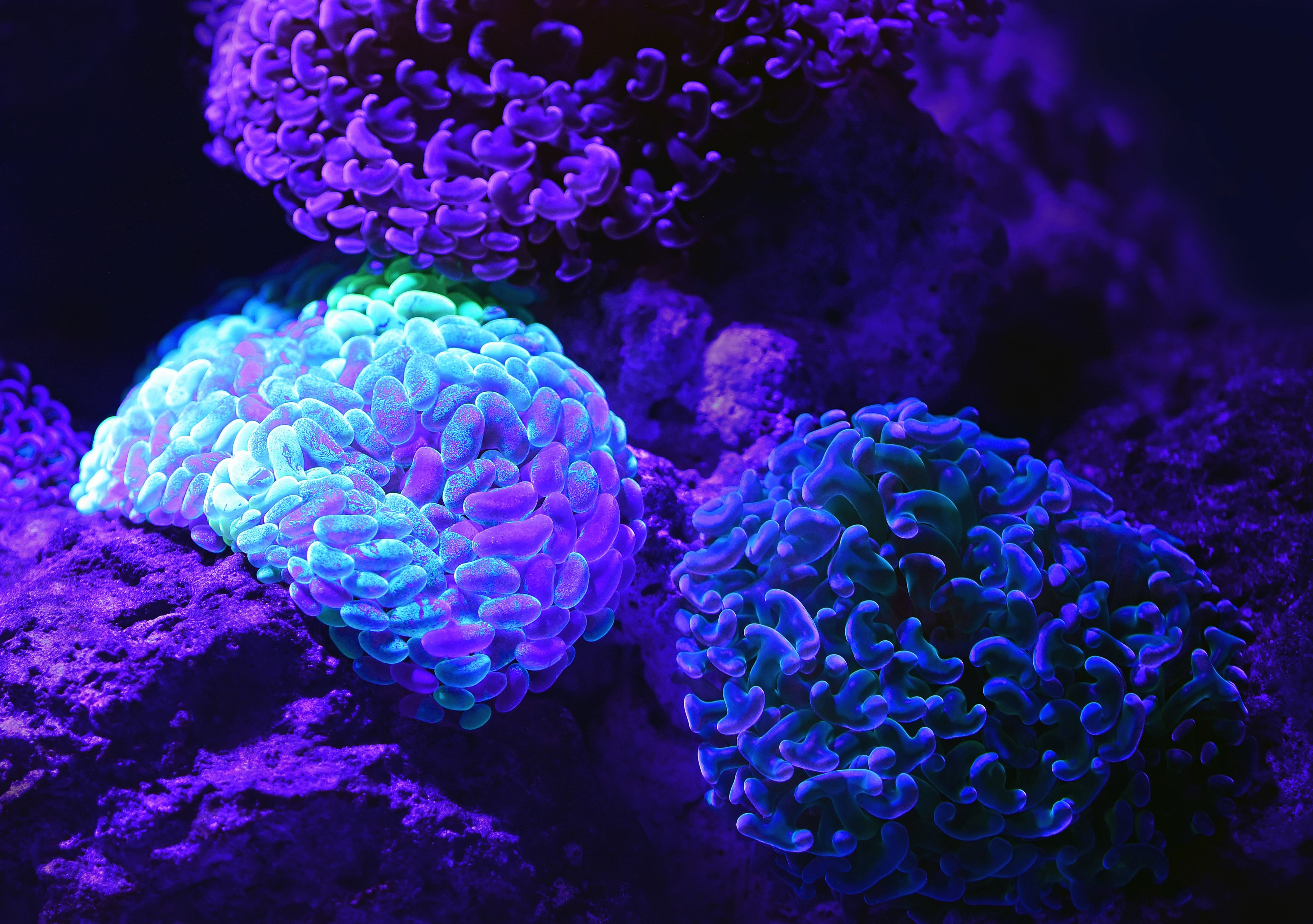
TS: Do you think that social media and other digital platforms are a net positive or a net negative for science communication?
SS: It can go both ways. At this point, people are very used to being immersed in social media, so I think it can be helpful for journalists to tap into that mindset. That is one place where visual storytelling is good, because people are used to scrolling and seeing a thread or a continuation of a thought, and visual storytelling can tap into that mindset and bring people into that type of realm.
“At this point, people are very used to being immersed in social media, so I think it can helpful for journalists to tap into that mindset. That is one place where visual storytelling is good, because people are used to scrolling and seeing a thread or a continuation of a thought, and visual storytelling can tap into that mindset and bring people into that realm.”
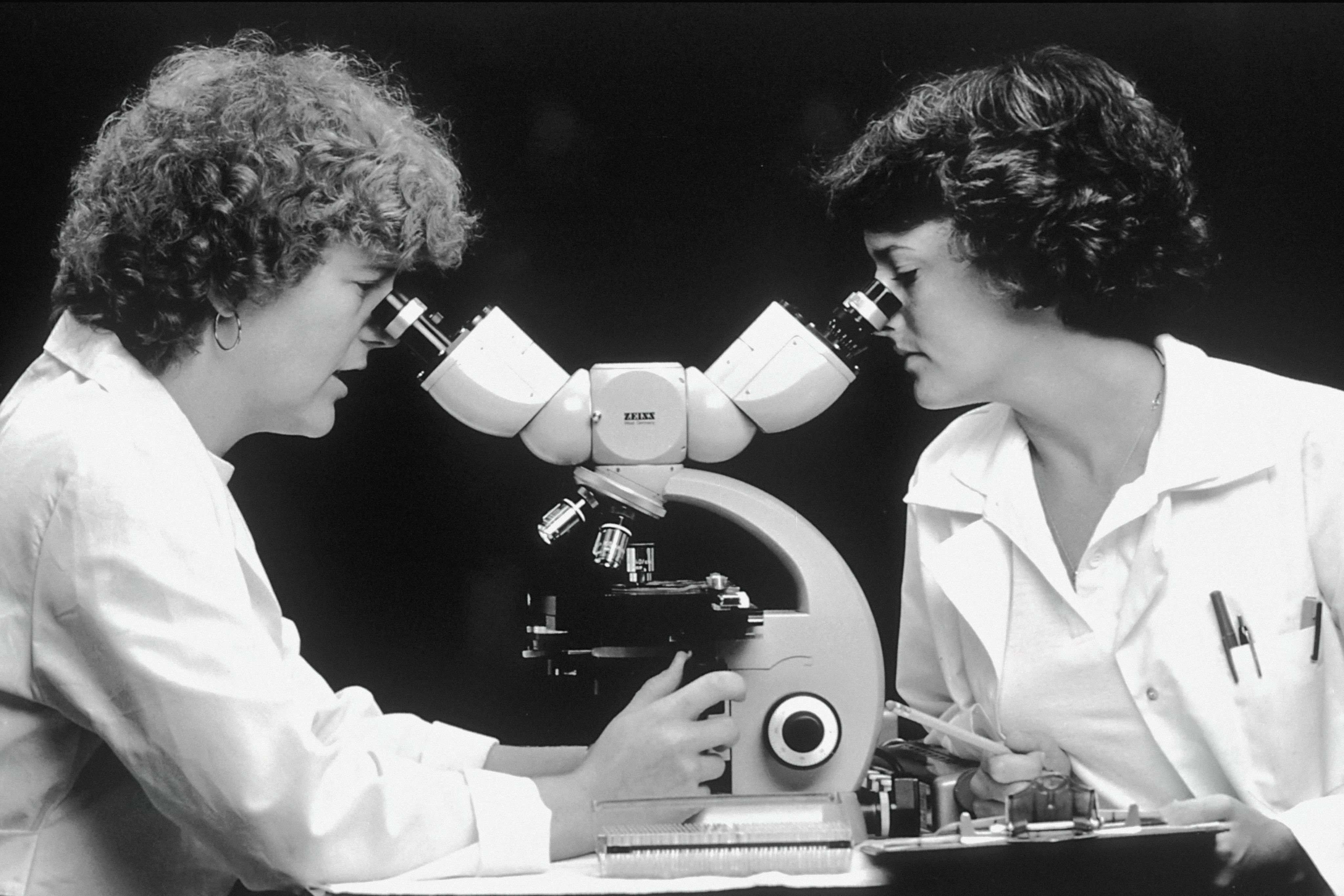
TS: When outlets come to you with work, do you pick up pieces where you know very little about the area that you're going into? And if so, how do you begin your research project process for a piece like that?
SS: Yeah, I definitely do. And that's always a challenge, but also fun. So, for example, I just recently wrote something for Nature about how social scientists think that we can reduce partisan animosity.
This is all about the field of social psychology, which I did not know anything about. I think it's about being very broad in my initial interviews, asking a lot of questions that probably seem quite elementary to the people I'm speaking with, and then taking those leads and bringing them to my next interview when I understand the topic a little bit more deeply, and iterating on that until I feel that over the course of a number of conversations, I do have a holistic view of what's going on.
TS: What is it like working with scientists?
SS: Scientists tend to spend a lot of time in their little communities, where they're in a very nitty gritty mindset, trying to tighten up all the details of their work and make it really stand up to scientific scrutiny. It can be exciting for scientists when someone comes in with a fresh perspective and wants to hear about the larger picture. And, I think sometimes it takes them back to what made them fall in love with science in the first place.
Of course, there are exceptions. Some people are very skeptical of me. A lot of people just don't respond to my emails. But, generally, I enjoy my interactions with scientists.
“It can be exciting for scientists when someone comes in with a fresh perspective and wants to hear about the larger picture. And, I think sometimes it takes them back to what made them fall in love with the question in the first place.”

TS: Do you write with an audience in mind? Who are they?
SS: It depends on the outlet. For example, when I write for Nature, it's more heavily skewed towards scientists. I also write for an earth science publication called Eos, which is a pretty nerdy outlet, so in those cases, I feel like it's okay to get into the methods a little bit more and maybe use a bit more jargon than I would in some other publications.
I think, in general, my audience is busy. I try to think of people who are on the subway just scrolling for ten minutes before they get where they're going. A lot of what makes a story readable is getting to the point as fast as you can, and using short, direct sentences. Trying to make sure that everything is easily digestible.
“I think, in general, my audience is busy. I try to think of people who are on the subway just scrolling for ten minutes before they get where they're going.”
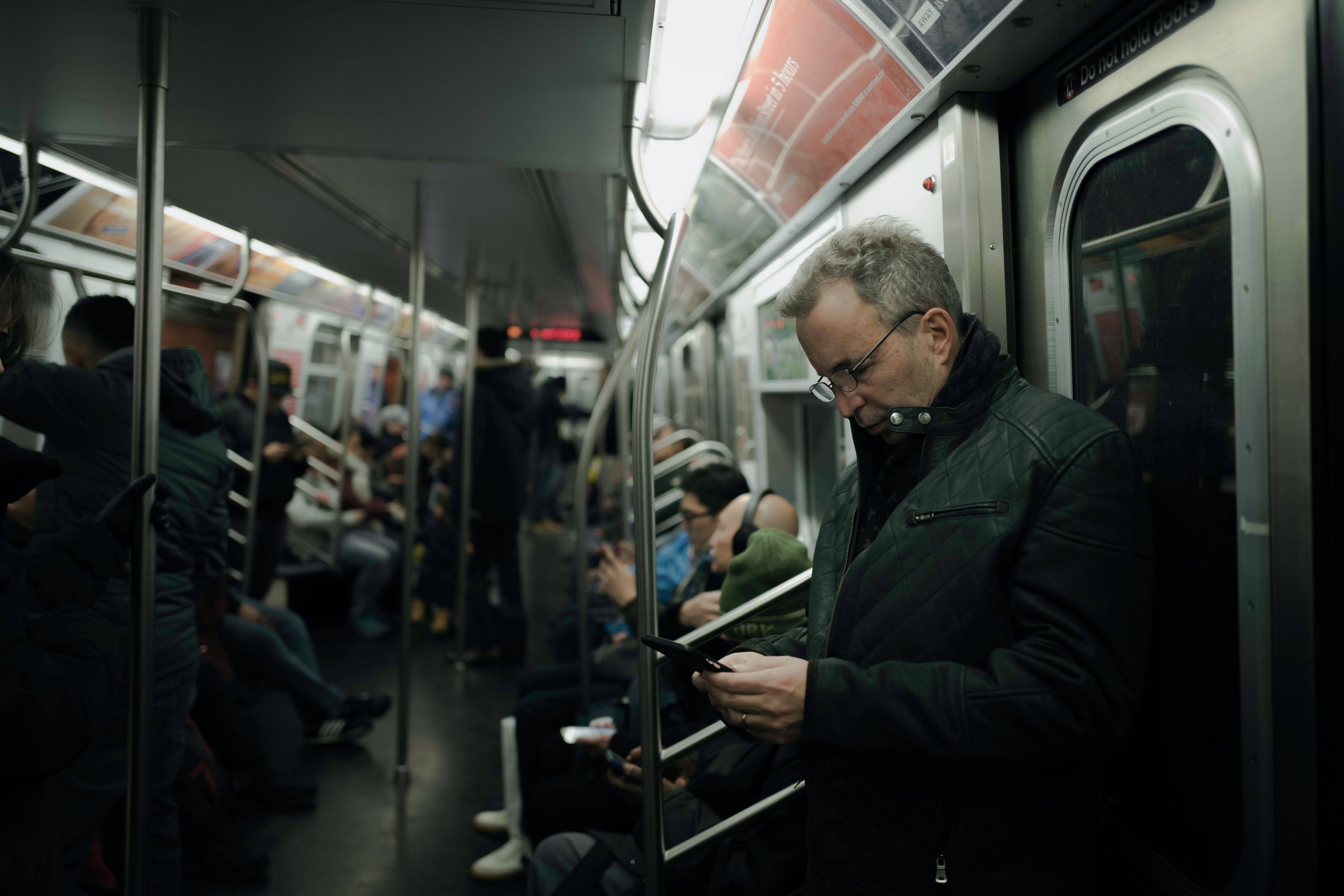
TS: Do you think it's possible to get people to change their mind on the topics that you write about?
SS: I do think stories have the potential to do this. This is actually something that came up when I was writing that piece about partisan animosity.
My understanding from talking to social scientists is that it's hard to predict which facts will change people's minds. They do, sometimes, but it's very hard to come up with a strategy for presenting facts that are going to sway someone. What's much more effective is personal anecdotes, especially if you can get into a two-way exchange.
Your reader doesn't get the chance to talk back to you, but I think you can still bring in the personal side of things, and play to generalities that hopefully anyone can relate to. It is always hard to change someone's mind, but in some cases I hope that we can, little by little.
TS: Do you think timeliness is an important factor in making science stories interesting and exciting to people?
SS: I do. That's the definition of news: it's timely, it's what's new. It's something that I struggle with and wonder if there's any way out of, because it does really limit us in what we're able to talk about.
I read a great article about how the media struggles to cover climate change because it doesn't fit the definition of news very well. There are new discoveries that happen, new technologies, but day-to-day climate change doesn't really change that much. And yet, it's still very important and we really should be talking about it.
“I read a great article about how the media struggles to cover climate change because it doesn't fit the definition of news very well. There are new discoveries that happen, new technologies, but day-to-day climate change doesn't really change that much. And yet, it's still very important and we really should be talking about it.”

TS: What have been your favourite pieces to write and why?
SS: I really liked a piece I wrote about birth control; I also have a more recent one in Undark about beluga whale declines around the Arctic.
I'm proud of those stories because both brought together the science and the human side of the story. In both, I got to learn a lot about aspects of the world that I was not that familiar with.
Especially when writing about beluga whale declines, talking with some of the representatives from Indigenous communities that have long-standing relationships with these animals made me think about food and food production and our ability to feed ourselves in a way that I hadn't before.
I know that Indigenous peoples are very skilled at using and protecting natural resources. But getting to really think about what that means and the skill that goes into that, and what it means if those skills are lost, really got me thinking about food production in a whole new way.
TS: I wondered about working across different scientific disciplines. Do they have particular lexicons that are hard to unpick?
SS: I found social psychology actually blessedly devoid of technical jargon.
Sometimes it is a struggle. I mentioned I write for Eos, so that's Earth science, which I don't have a background in. It can definitely be very challenging to jump into those pieces and figure out what's going on. Often, it's just a matter of admitting to my sources, “Look, I read the methods; I didn't understand the methods. Tell it to me like you would tell it to a five year old.”
TS: One of your pieces, about wild dogs in Africa, opened with this beautiful line: “mottled black-and-brown African wild dogs often prance and squeak through grasslands, chattering like birds.”
I thought that was such a nice sentence. How much editing you do at the level of the sentence?
SS: A lot! My workflow involves trying to get through the first draft as quickly as possible, because I find it both painful and easy to get bogged down in minutiae when I am staring at a blank page or when the rest of the story is not yet complete.
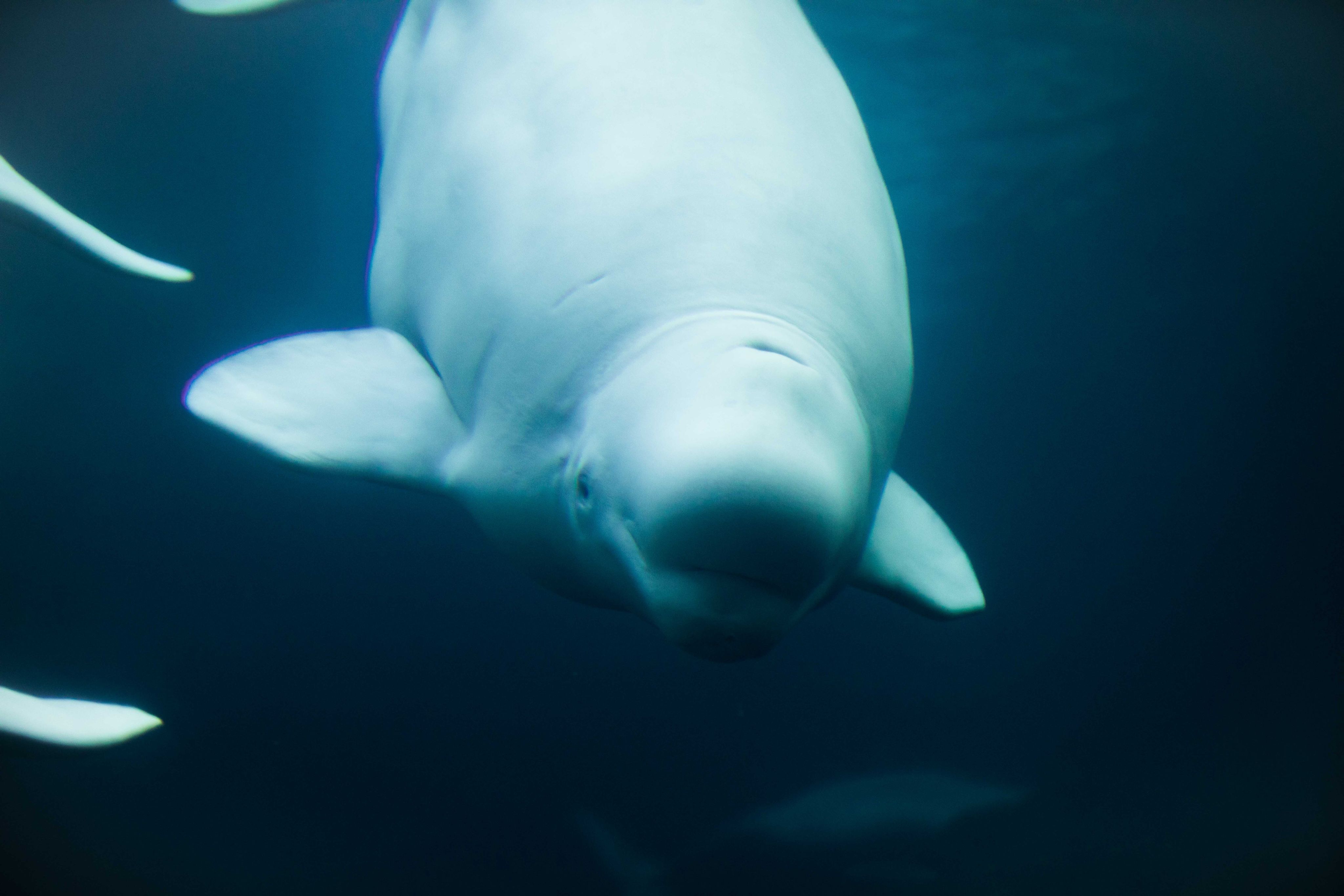
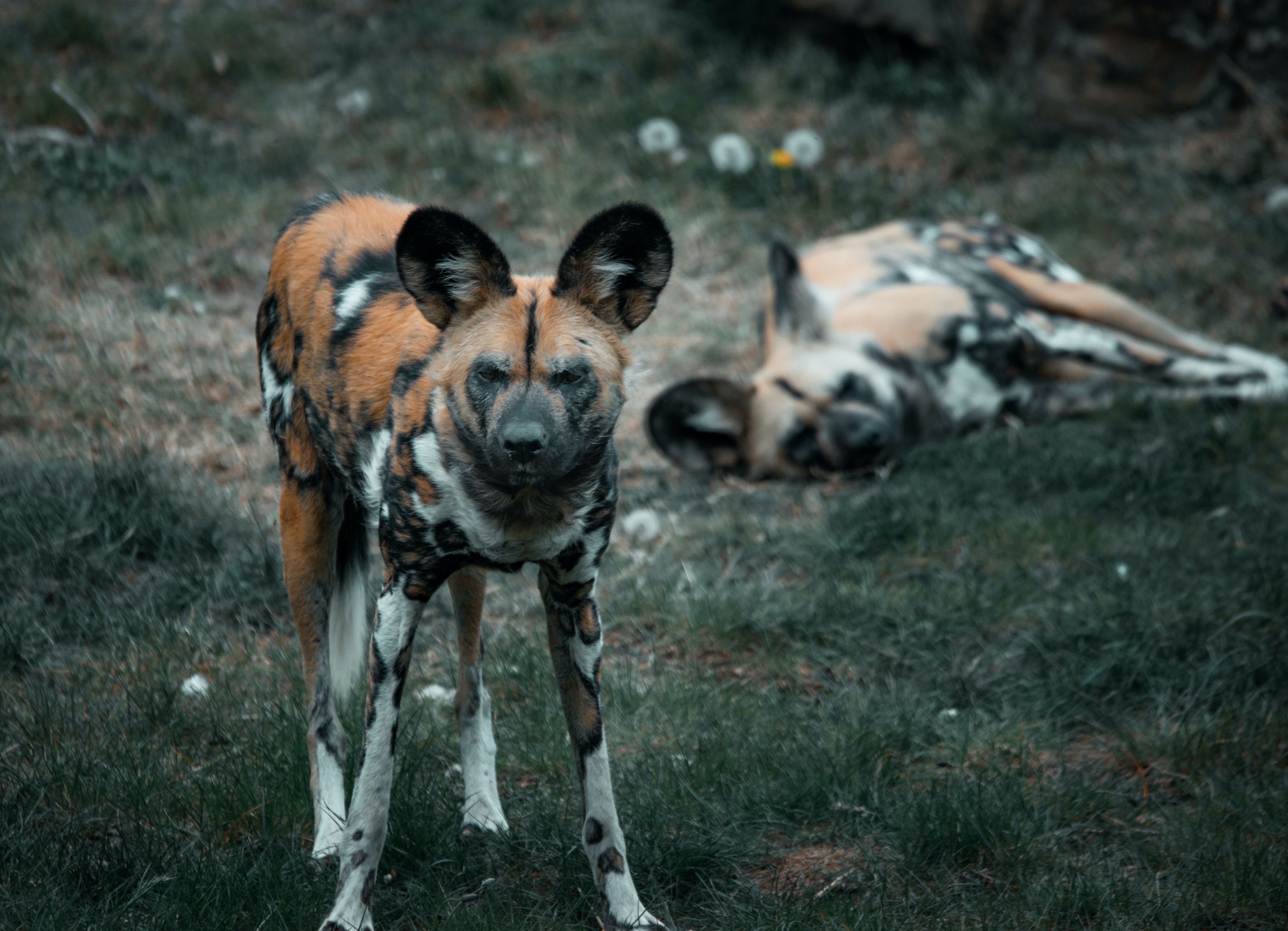
I try to get something down as fast as I can, which usually means it's very bad the first time through. A lot of my process is editing; I probably go through most pieces three to five times before I send it off to my editor.
There's one piece I worked on earlier this year. It's about cyanobacteria, which are phytoplankton, and how they're becoming increasingly prevalent at northern latitudes, which can be a problem because they can produce toxins.
The structure for this one, I don't know why, but I found it so hard. It just felt like there were so many things the reader needed to know about cyanobacteria to understand the story. I relied on my editor there a lot to help me figure out what exactly was the right flow so that the information was understandable.
I can't imagine being a writer before computers when text was not so modular. I think copy and paste sometimes is my best friend.
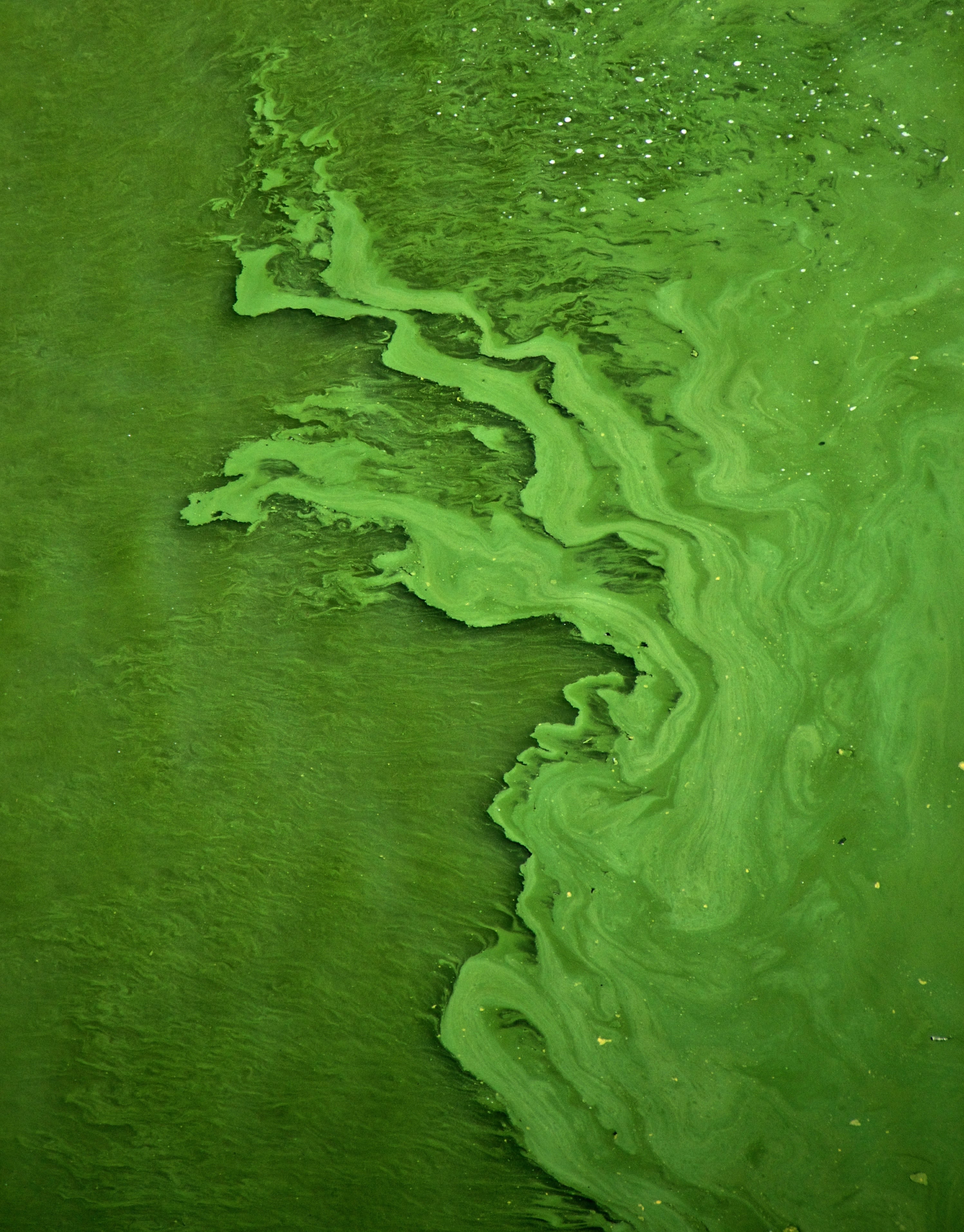
“I try to get something down as fast as I can, which usually means it's very bad the first time through. A lot of my process is editing; I probably go through most pieces three to five times before I send it off to my editor.”

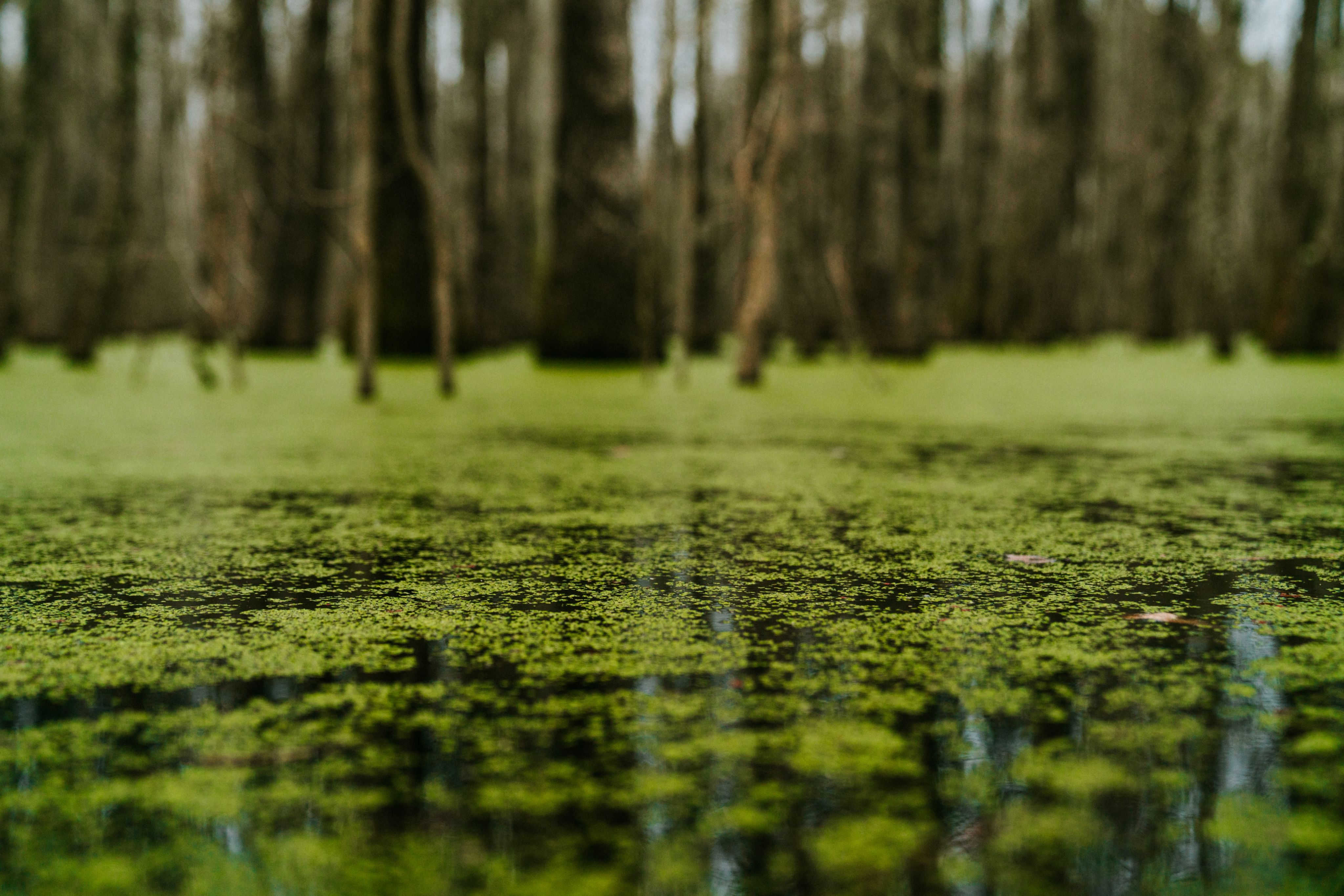
TS: How can writing about science convey its credibility better?
SS: I think we should strive not to sensationalise. It's hard not to write the flashiest headline, because you're competing with so much content and everyone is so busy. I think making sure that we temper readers’ expectations, so that they get a feel for the fact that science is a long, iterative process.
Almost everyone wants to create a good product. Most people's hearts are in the right places. So, I think we need to take a beat and give reporters the resources and time they need to do a good job. This is hard, because everyone expects fast, breaking news, but I guess if everyone takes things a little slower, little by little, we can create a culture where we get a better product even if we do move a bit slower.
TS: Are there any technical limitations, in the sense of presenting data or visuals alongside your writing, to how you tell your stories for digital outlets?
SS: I think time is the biggest limitation in how much data can be presented. Even with tools like Shorthand, which are great and definitely make it easier to do, at the end of the day, just plopping a block of text down is still the most efficient way for an outlet to get information out there. I think it's really just about staffing and workflows.
TS: There's a lot of grim news out in the world. When you’re writing, do you think about framing things positively, particularly in relation to climate change and those sorts of stories?
SS: Yeah. I think if there is good news to be had, certainly then I do. There's this whole field of “solutions journalism” trying to make sure that there's at least some consideration for solutions in reporting. And I do think that it’s good to remember that readers do turn off if it's all just bad news all the time.
My main objective is always to tell the truth, whatever the truth is. And often you can find something positive, but if you can't, then you can't.
TS: As a science journalist, you're writing almost at the limits of our knowledge as humans, and at the spaces where people are testing those boundaries. Is that an exciting space to write into?
SS: Absolutely. I love being able to describe what we know, that we didn't know months ago. They say journalism is the first draft of history and every scientific publication is definitely some sort of first draft of human knowledge. When you put the two together, it is on the leading edge of who we are as humanity.
“I love being able to describe what we know, that we didn't know months ago. They say journalism is the first draft of history and every scientific publication is definitely some sort of first draft of human knowledge. When you put the two together, it is on the leading edge of who we are as humanity.”

TS: Are there any science journalists that you really love and admire?
SS: One of my favourite things I've ever read is by Joshua Rothman, in The New Yorker. It's called “Why Paper Jams Persist”. He talks about this group of engineers who focus on paper jams and making high throughput photocopying feasible, and he found such an interesting group of people to focus on.
“The Immortal Life of Henrietta Lacks” by Rebecca Skloot is a book that I look to as a model of good science writing. It's about a woman — Henrietta Lacks — who was diagnosed with cervical cancer: a disease that eventually killed her. Cells that a surgeon removed from Lacks went on to become common tools used in lab experiments, but she had no idea this had happened. Later, her family found out, and the book is about how they felt when they learned that a part of Henrietta was still alive and being used routinely by scientists, and the family’s subsequent search for justice.
There's a woman named Robin Wall Kimmerer, who wrote a book called "Braiding Sweetgrass", about combining Indigenous knowledge with Western science. A lot of people who are cognisant of environmental problems often feel like humans are not part of nature, and like we're solely a force of evil when it comes to the environment. She explains why that doesn't have to be, in a way that I thought was really meaningful.
TS: How are you feeling about 2023? Are you pessimistic? Optimistic? Are we going to be able to get our emissions down in time to avoid catastrophe?
SS: People have a way of pulling things together at the eleventh hour in the most piecemeal, least efficient way possible. My hope is that the instincts we all developed in high school for getting that term paper together the night before it's due — I'm hoping that those are going to come back and serve us well.
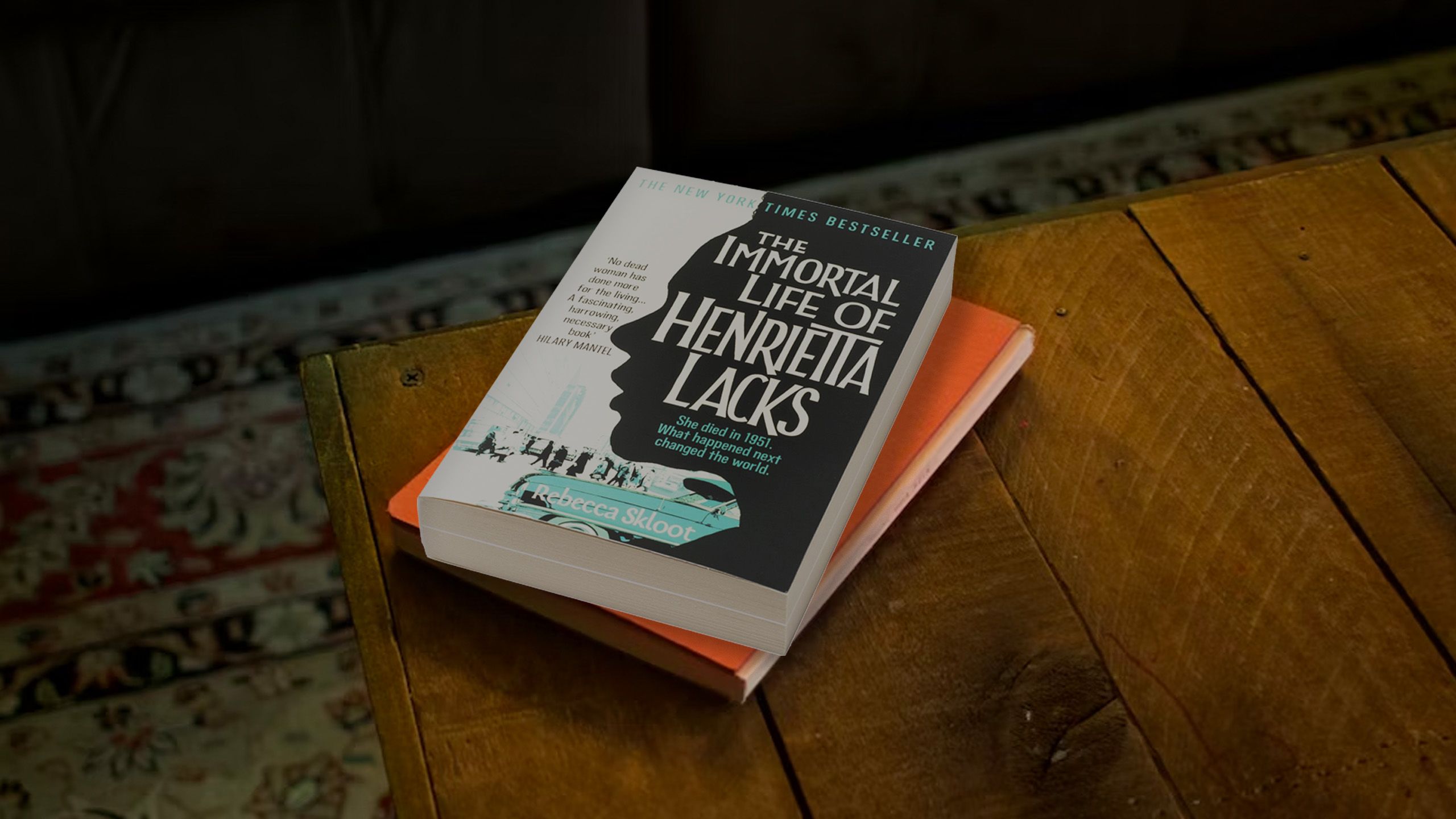
Ready to start telling your stories? Consider one of our 10 free feature article templates.
Unsplash photos from National Cancer Institute, Adrien Converse, KE ATLAS, Yuan Yue, Mihály Köles, Solen Feyissa, Jordan Whitfield, and Dan RO on Pexels.

